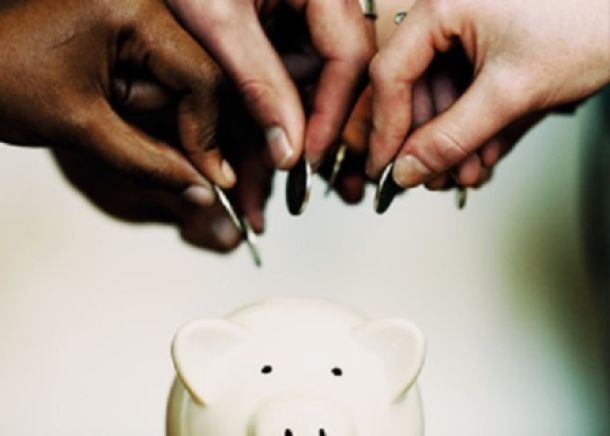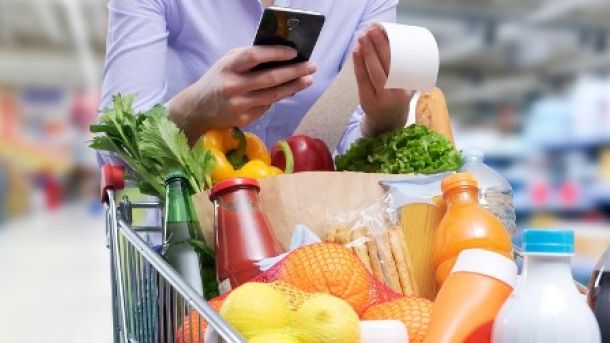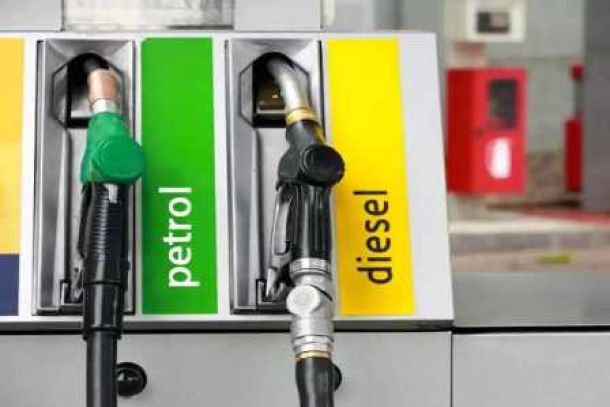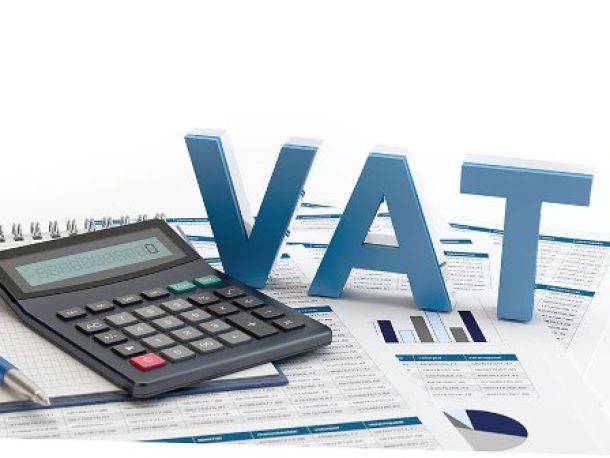SA out of recession with 2.2% GDP growth
The SA economy has officially exited the recession after reporting 2.2% GDP growth for the third quarter of the year, Stats SA announced on Tuesday morning at a briefing in Pretoria.
SA slipped into a technical recession during the first half of the year following two consecutive quarters of negative growth, denting initial positive market sentiment after the election of Cyril Ramaphosa as president.
The economy declined by 2.6% in the first quarter and by a further restated 0.4% in the second.
The 2.2% rebound was in line with the expectations of economists surveyed by Fin24, who projected positive growth of between 0.8% to 2.5%.
Stats SA announced that GDP growth for the second quarter of the year was revised from -0.7% to -0.4% after figures for the mining and manufacturing industries were revised upward. Data on agriculture and construction were revised downwards, explained Statistician-General Risenga Maluleke.
The main drivers of growth during the third quarter were the secondary sector, which grew by 4.5%, and the tertiary sector, which grew by 2.6%.
While manufacturing helped boost the growth of the secondary sector, the electricity and construction sectors contracted by 0.9% and 2.7% respectively.
The tertiary sector was boosted by growth in the trade (3.2%), transport (5.7%), finance (2.3%), government (1.5%) and personal services (0.7%) industries.
The primary sector slumped by 5.4% in the third quarter.
While agriculture grew by 6.5%, mining slumped by 8.8%, largely due to the decrease in production, particularly for platinum, iron ore and gold.
In nominal terms, GDP was valued at R1.27trn for the third quarter, this is R40bn more than the second quarter.
During the period household final consumption expenditure grew by 1.6%, government expenditure grew by 2.2% but gross fixed capital formation declined by -5.1%.
Despite the rebound, economists expect overall GDP growth for 2018 to remain weak, even perhaps less than a percent. The SA Reserve Bank has projected just 0.6% real economic growth for 2018, while ratings agency S&P Global expects an increase of 0.8 for the full year.
News Category
- International retailers
- On the move
- Awards and achievements
- Legislation
- Wine and liquor
- Africa
- Going green
- Supplier news
- Research tools
- Retailer trading results
- Supply chain
- Innovation and technology
- Economic factors
- Crime and security
- Store Openings
- Marketing and Promotions
- Social Responsibility
- Brand Press Office
Related Articles

Empowering South African households through gro...

SPAR shares practical tips to beat food inflation

South African motorists could be paying up to R...

Big VAT changes on the cards


